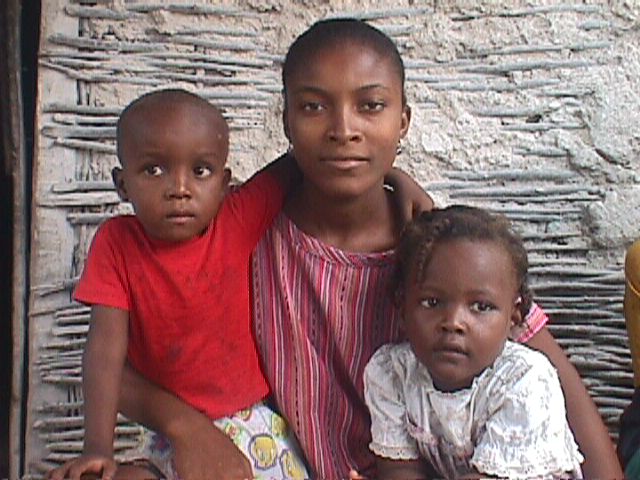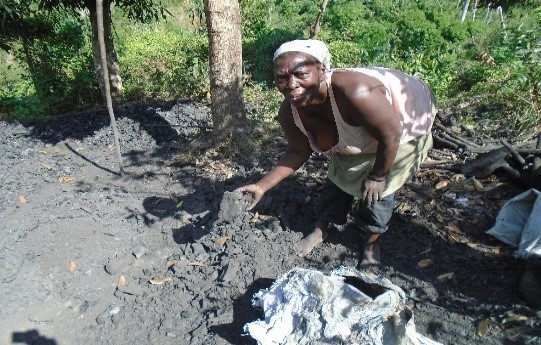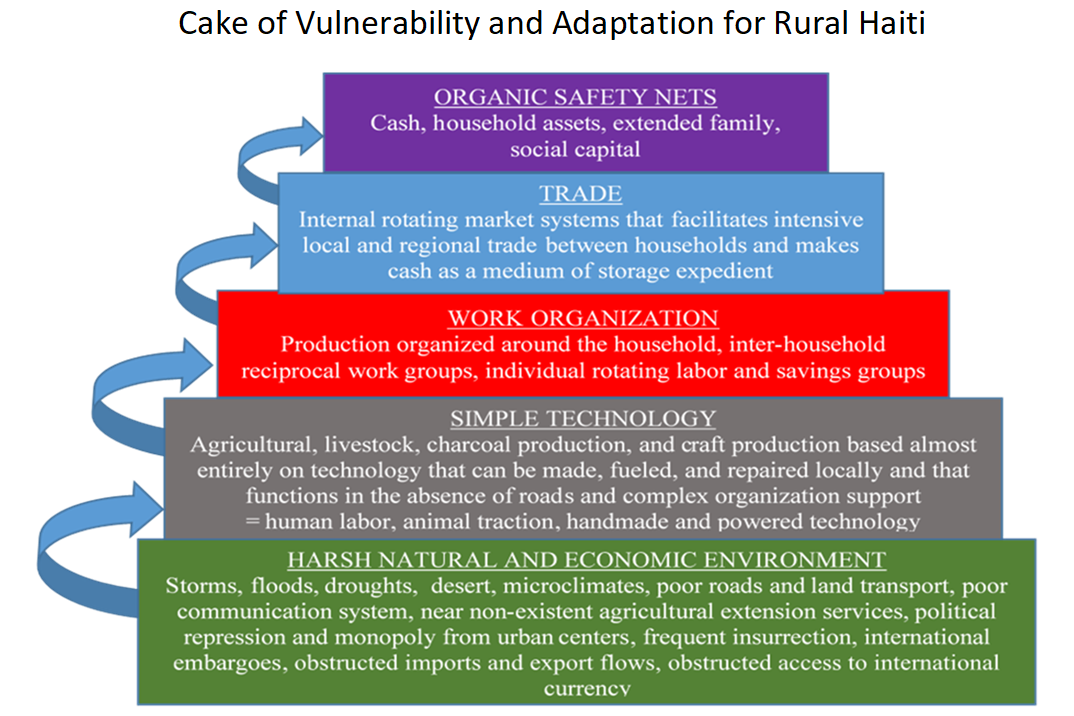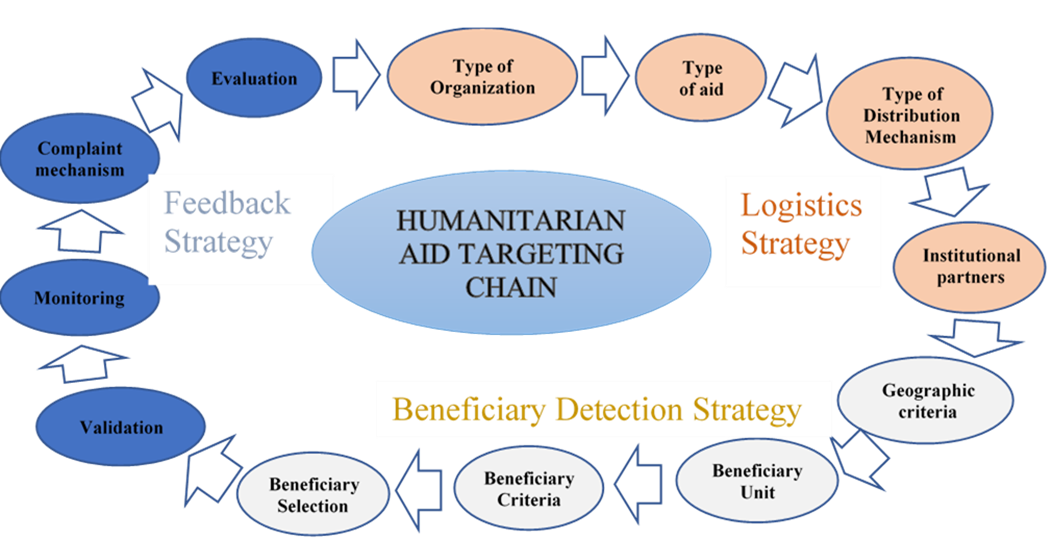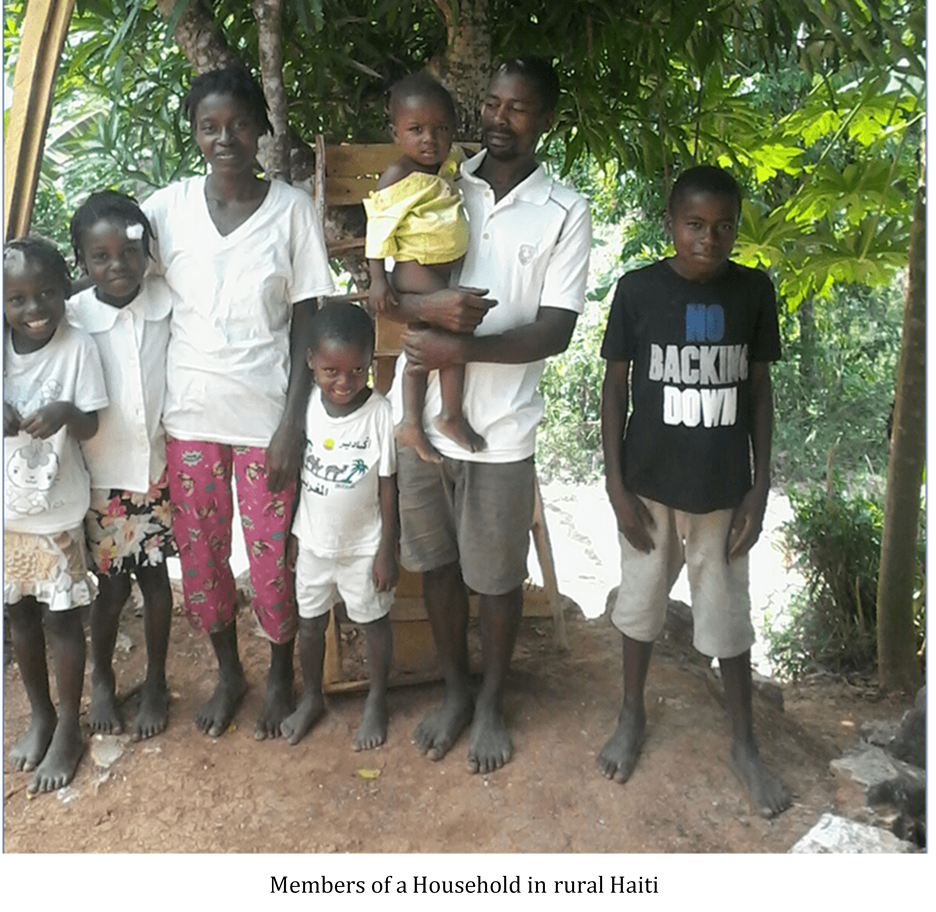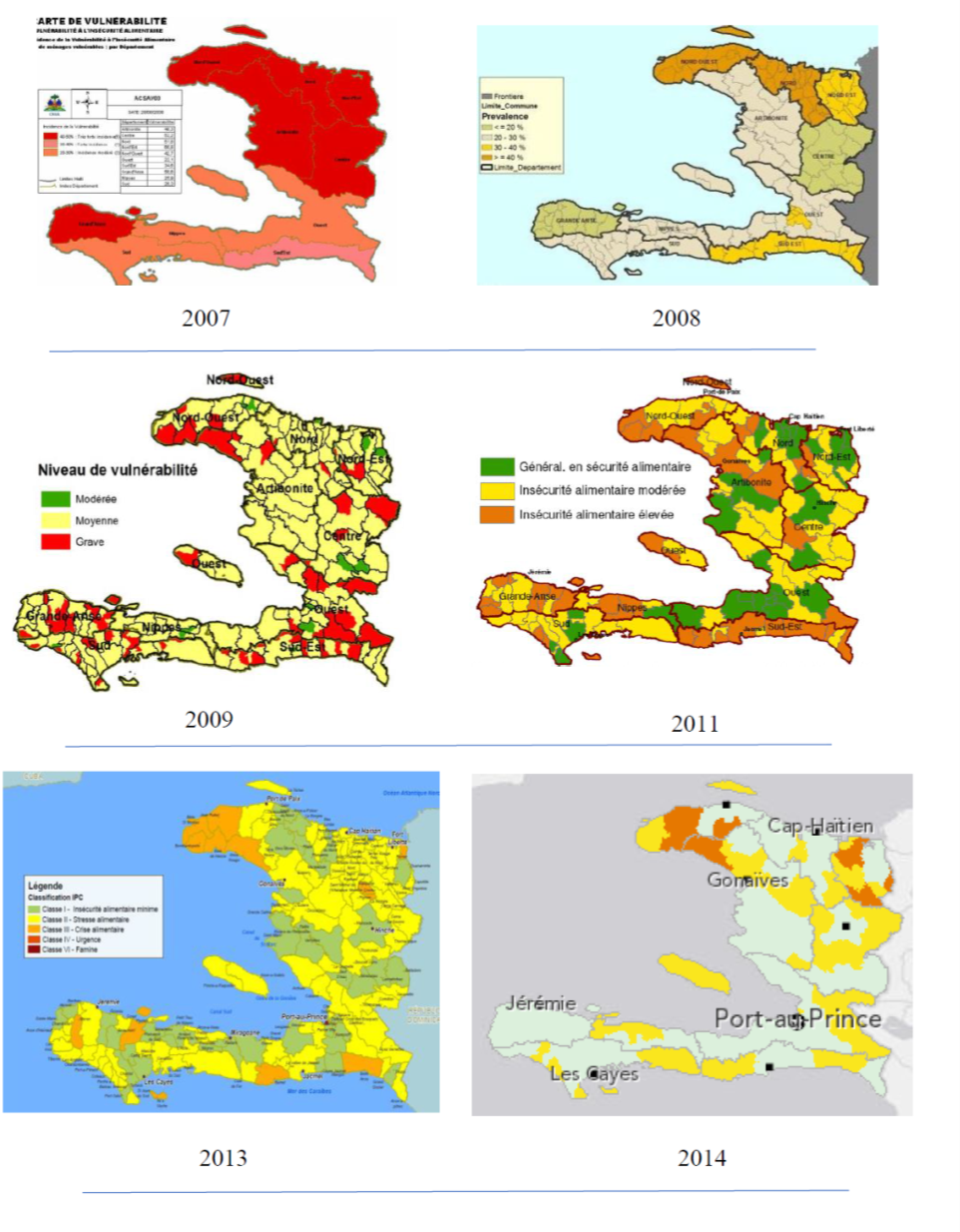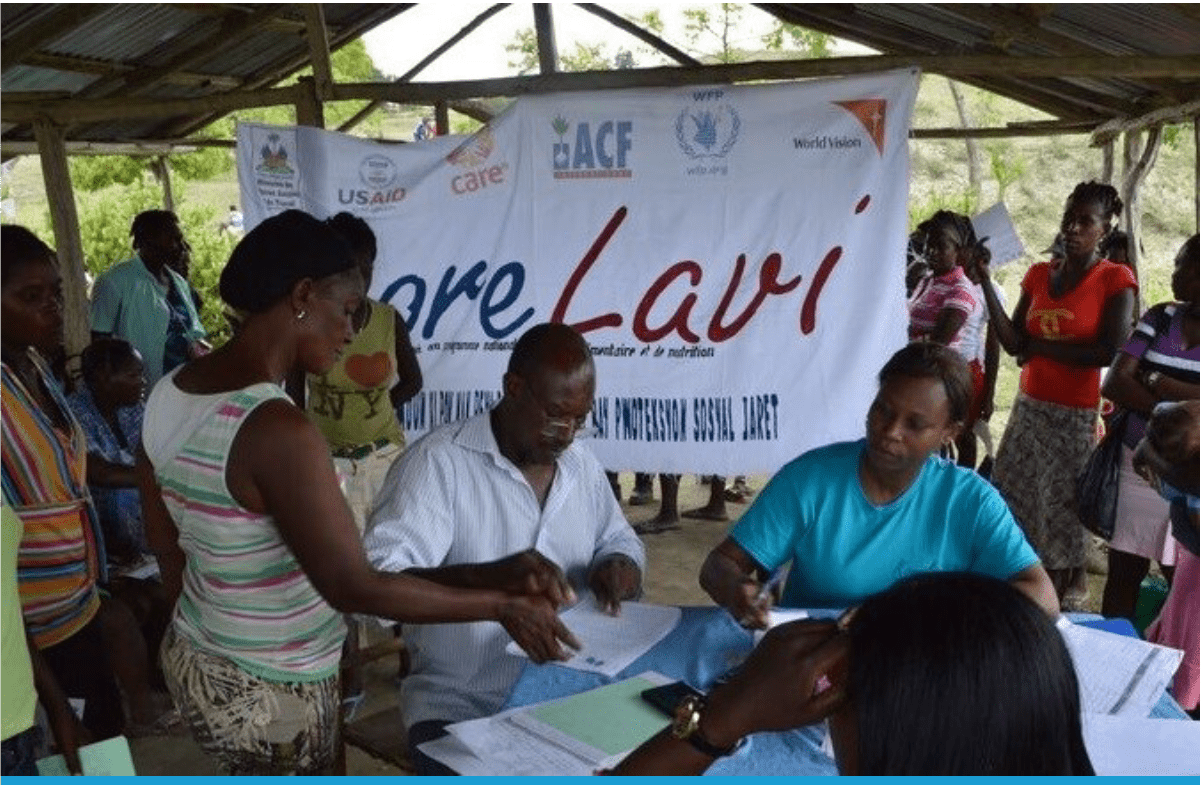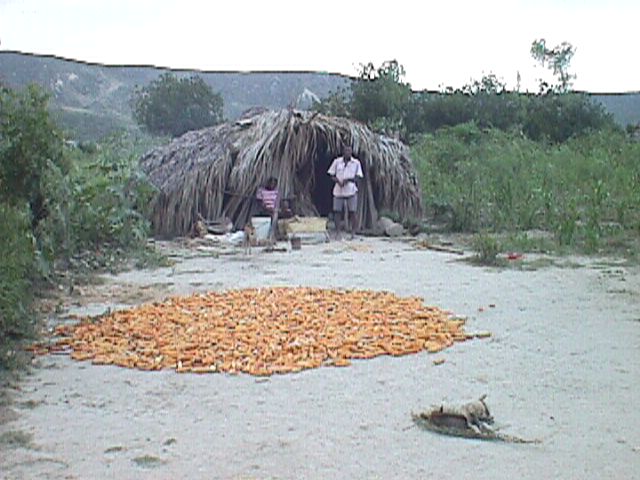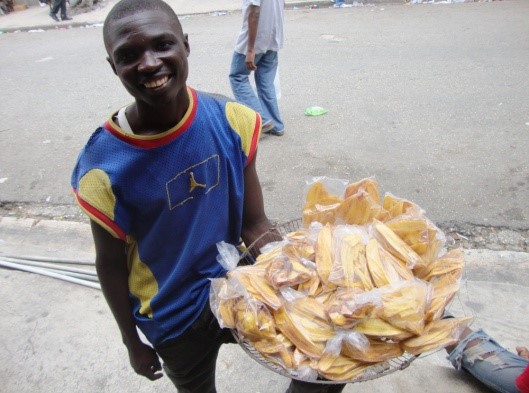Anthropological Brief: Understanding Infant Nutritional Challenges in Haiti
Infants in Haiti face an especially daunting set of nutritional challenges. The 1,000 days from conception to a child’s second birthday are the most critical period of a child’s physio-intellectual development. Children who are well nourished during this period become healthier and more intelligent adults who in turn are better able to feed and careRead More
Haiti Anthropological Brief: Myth of the Indiscriminate Haitian Charcoal Maker
A common myth often repeated among development experts working in Haiti is that the peasants cut their fruit trees for charcoal (see MIF 2010; USAID/WINNER 2015; TNS 2014; Davenport 2000:1). And they do. But what’s mythical is the implication that they are indiscriminately felling healthy and productive fruit trees. After seven years of researching factors thatRead More
Haiti Anthropology Brief: Cake of Vulnerability and Adaptation to Poverty
Here are a series of diagrams intended to make the prevailing rural Haitian household livelihood strategies easily understandable. The first diagram, above, is what we are calling, “The Cake of Vulnerability.” It is a model reminiscent of Marx’s Infrastructure, Structure and Super-structure description of modern human social organization. Here it is inspired by the moreRead More
A Model for Humanitarian Aid Beneficiary Targeting
Targeting strategies are as old as humanitarian aid, but the formal study of targeting is recent, arguably only beginning in the past decade. To date, much of what is written is unclear. This paper is intended to present a synthesized model of humanitarian aid targeting that will clarify the many ambiguities and differences inRead More
Problems with Household as a Unit of Analysis in Haiti
This post deals with defining the concept of a “household” and a member of a household in Haiti. But before launching into an exploration of the problems with the household as a unit of analysis, some readers may be more interested in other topics regarding household studies in Haiti and can refer to these posts:Read More
Geographic Homogeneity of Poverty in Haiti
It is always very difficult to quantify malnutrition in Haiti. …the data available from actors appears to show that, strictly speaking, there are no pockets of malnutrition. ECHO 2011:24 Although humanitarian aid organizations working in Haiti almost universally target specific departments and communes based on CNSA vulnerability assessments (see CARE 2013a), a longitudinal lookRead More
Failure of the HDVI : Beneficiary Criteria, Indicators, and PMT (Proxy Means Test) in Haiti (Human Deprivation and Vulnerability Index)
To identify most vulnerable beneficiaries, humanitarian organizations in Haiti have often used criteria based on expectations from elsewhere in the world, criteria that are often not based on data, and that, more often than not, fail in Haiti. The best and most controversial flood of examples comes from the World Bank/WFP/USAID supported HDVI (Humanitarian DeprivationRead More
History of Beneficiary Selection and Targeting in Haiti
Here I review the history of humanitarian aid beneficiary targeting in Haiti. I begin in the 1950s and 1960s with the Community councils, move through the 1970s and 1980s looking at gwoupman and the liberation theology movement. Very importantly I show how the revolutionary Liberation Theology movement of the 1970s to 1990s that were intendedRead More
Adapting to Hunger in Haiti: Socialization for Scarcity
I have added this article specifically for the many aid workers who come to help in Haiti but are unaware of the highly patterned and logical strategies of survival that can be summarized under the rubric, “Socialization for Scarcity.” On the one hand, aid workers often mistakenly interpret rural Haitian individuals and households to beRead More
Street Food in Haiti
This article describes and attempts to explain the recent growth in Haiti’s street food cottage industries. Underlying the growth in street foods is urbanization and challenges that come with it. The challenges can be summed up as, “The Food Preparation Conundrum,” which can be further broken down into problems that the the street food industryRead More
